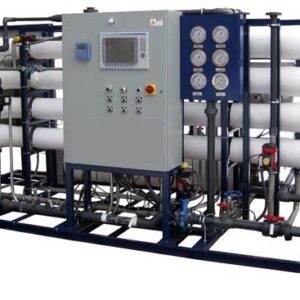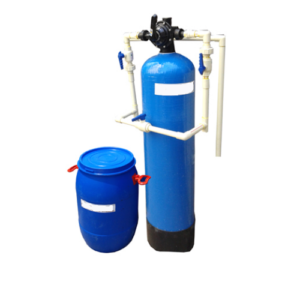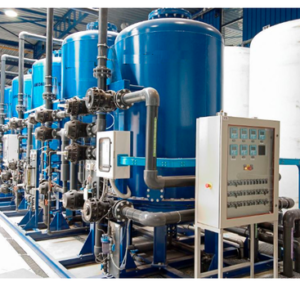Description
What are Filters?
Filters remove unwanted impurities from water such as sediment, taste and odour, hardness and bacteria to result in better quality water.
Types of Filters
Mechanical Filters
Absorption Filters
Sequestration Filters
Mechanical Filters
The basic idea of mechanical filtration is to physically remove sediment, dirt or any particles in the water using a barrier. Mechanical filters can be anything from a basic mesh that filters out large debris to a ceramic filter which has an extremely complex pore structure for ultra-fine filtration of pathogenic organisms.
A filter that utilises mechanical filtration will usually be given a micron rating which indicates how effective the filters are in terms of the size of the particles it is capable of removing. Common ratings you might see include:
5 micron – Will remove most particles visible to the naked eye.
1 micron – Will remove particles which are too small to see without a microscope.
0.5 micron – Will remove cysts (giardia and cryptosporidium).
Absorption Filters
Absorption in water filters is most commonly carried out by carbon, which is highly effective at capturing water-borne contaminants. The reason carbon absorbs contaminants so readily is that it has a huge internal surface which is jam packed with nooks and crannies that can trap chemical impurities such as chlorine.
Most common domestic filters contain granular activated carbon (GAC) which reduces unwanted tastes and odours by absorption. More expensive filters use carbon block elements which are generally more effective and usually carry a micron rating for particle removal.
A variety of different substances can be used to make carbon for filters including wood and coconut shell, with coconut shell filters being more effective but also more expensive.
Sequestration Filters
Sequestration is the action of chemically isolating a substance. Food grade polyphosphate is commonly used in scale inhibiting filters to sequester the calcium and magnesium minerals which cause limescale and corrosion. However, polyphosphate is generally only introduced in very small amounts and it only inhibits scale rather than eradicating it. This means that polyphosphate does not soften the water but instead works to keep the minerals within the solution, preventing them forming as scale on any surfaces they come into contact with.
Due to the hard minerals still being present in the water, scale inhibition isn’t suitable for all applications. Instead, water softening using a process such as ion exchange is usually recommended in water areas with alkalinity levels of 180ppm or more (very hard water) and applications where water is kept at a constant temperature of 95°C or more.





